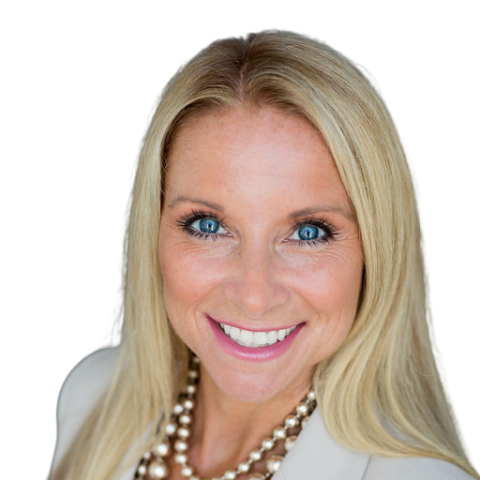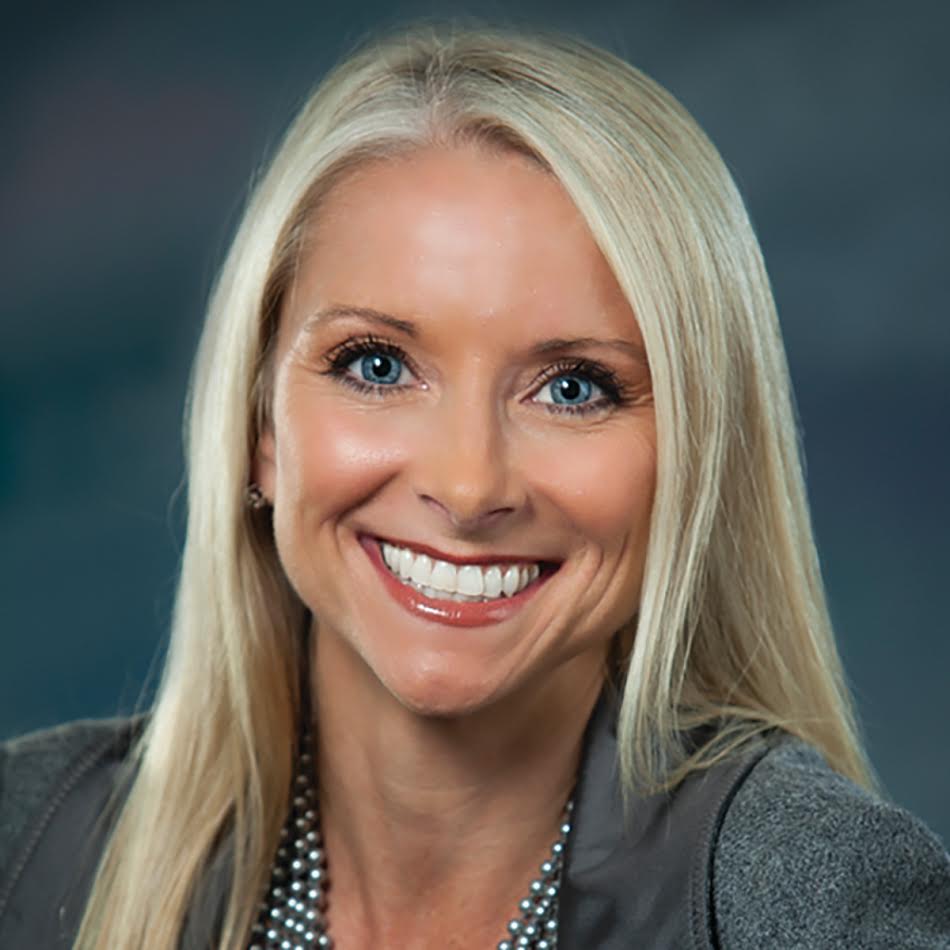
The Challenge With Change

How many things do we have at our disposal today that would have seemed absolutely preposterous if they had been described to us 10, 15 or 20 years ago? Walkie-talkies were once a big deal, but today we can call anywhere in the world, check video monitoring of our homes remotely, and do a million other things on devices that fit in our pockets.
Quantum leaps get bigger and more frequent in the technology realm, but things don't move quite that fast in mortgage banking. Mortgages don't get invented, redefined or completely overhauled the way gadgets do; our product doesn't change much. But the way we sell and deliver it must. With the rise of the digital mortgage and the fact that the lending industry is still a political football, the only constant the mortgage industry can count on going forward is change. How well companies fare in the future will depend on their ability to embrace and adapt to it.
There are two types of change in the mortgage industry: Inherent and imposed.
The cyclical nature of the economy, housing and other markets are inherent changes and companies and mortgage loan officers alike regularly adjust to shifting conditions to maintain and grow production and profit. Other changes are imposed by outside forces, such as government, and must also become an integral part of the mortgage industry. But these are not as readily accepted or dealt with skillfully because they're required for survival rather than promoting success.
The Dodd-Frank Wall Street Reform and Consumer Protection Act is the most sweeping imposed change in the history of the mortgage industry, imposing a compliance grip that takes hold before consumers even become clients and creating a minefield that originators and their companies must navigate all the way through closing. Though it's understood that fines for compliance violations can incapacitate and close entire companies and end careers, mortgage companies nationwide struggle to manage all aspects of today's requirements from marketing to closing. Resistance comes from inside and out, with in-process staff frustrated with system changes and producers who want control and variety in their marketing.
Technology has made its way into the mortgage business both as a friend and a foe. Today’s demanding regulatory climate has brought forth many systems and products to help the mortgage industry comply with marketing, disclosure, archiving and other requirements. The majority of today’s compliance solutions require adjustment to work process, pattern and flow, as well as infrastructure, and the solutions can seem as daunting as the compliance challenges themselves. However, the multitude and intricacy of rules that apply to all aspects of a mortgage transaction make them necessary and indispensable.
Technology has also become "the competition" with the rise of digital mortgages. Global consulting firm Accenture has been particularly diligent about chronicling the ascent of digital lenders, juxtaposing the amount of market share they're gaining against the losses suffered by traditional lending sources. It uses the term "Convergent Disruption" to describe what the mortgage industry must deal with to survive and succeed.
In its report, “Convergent Disruption in the Credit Industry: A Roadmap to Achieving Sustainable Competitive Advantage by 2020,” Accenture lists what lenders must do today to succeed in the Era of Convergent Disruption:
►Proactively invest in initiatives that will build the business rather than reactively respond to regulations, competitors and industry changes.
►Fundamentally shift from a product-oriented organization to a customer-driven organization.
►Rebuild bank reputations.
►Embrace and integrate new technologies, channels and strategies.
This is not necessarily news to companies and MLOs who have been implementing technology in varying degrees for years. Mortgage industry leaders regularly mobilize to combat obstacles in order to preserve and increase business. But enthusiasm and execution diminish exponentially when effort and attention are required to deal with conditions that don't support or enhance the company's bottom line. Producers and staff understandably get cranky when they must alter their routines. Changes necessary for regulatory compliance not directly tied to production or profit are dull at best; at worst, they are debilitating and costly on many levels.
Technology is no longer just a tool to increase efficiency, it's an essential safety net for survival.
The best way to mitigate implications of requirements imposed on the industry by lawmakers unfamiliar with the process is to take control at the company level and deploy an enterprise solution that can be managed and monitored by leadership so that the company's interests are protected and exposure is minimized. Additionally, it's critical to maintain the ability of originators to produce and remain driven in a climate where common business practices of the past have become financially-crippling compliance violations, while simultaneously avoiding logjams that overwhelm support staff.
Consolidating marketing along with in-process data and managing disclosure checkpoints enable companies to satisfy regulators along with their own operational and financial needs and goals. Streamlining marketing and in-process activity into a centrally-monitored system will eliminate mistakes and free originators to produce and assist internal staff in adhering to disclosure and timeline rules. Watchdog agencies are hungry for headlines that inflame the public and fines that fill their coffers—and they’re all too eager to audit your company to get them.
While technology is a solution, it’s also a change and generally not a small one. There is an abundance of information, analysis and opinions on why change initiatives fail, and two major reasons repeatedly appear: Communication by and resistance within the organization. Leadership is essential to make a successful, sustainable change in an organization, and it must begin, be monitored and be consistent from the top. Communication plans must be made almost simultaneously with decisions to make and implement change.
Understand what management and your organization as a whole will be facing as you craft your message and communication plan: Resistance to change must be understood in order for it to be overcome. Just as coughing and sneezing are symptoms of an underlying illness, questioning, resisting and avoiding change are indicators of underlying concerns such as:
►Anxiety from disruption of comfortable, mastered routines.
►Embarrassment in needing to ask questions about new processes or technology.
►Discomfort with one’s ability to do the job in current and/or new conditions.
►Confusion amid mixed signals from superiors about change and the future.
Communicating to achieve a desired result requires anticipating, acknowledging and addressing the reactions of those being charged with accepting, adopting and sustaining change. The Towers Watson 2012 Global Workforce Study exposed a significant gap here, finding that about nine out of 10, or 87 percent, of organizations train on how to manage change, but only one in four managers say the training is effective.
Too many companies implementing change initiatives assume that their directives will be accepted and that the reasoning behind them is sound. As a result, they fail to anticipate objections and how to overcome them. Resistance triggers must be addressed at the inception of a change initiative and factored into all training and communication checkpoints throughout implementation.
We never know the full extent of inherent change in the mortgage industry until after the fact. For example, we can't pinpoint when interest rates will bottom out in a particular cycle until they have climbed back up and vice-versa. However, with imposed change such as government regulation, we are given the guidelines as to what is affected and when, what is required and what consequences are to be expected for non-compliance. The only unknown with this type of change is what the impact will be on operations and production.
Success in any business requires more than merely staying afloat. The mortgage industry will always be subject to the inherent change of market fluctuation and competition, but it doesn't have to be dragged under by consequences and difficulty of imposed change. Effective, sustained change does not occur without planning, understanding and addressing resistance, monitoring, in-process adjustment and consistent communication through all company channels. Especially in cases of imposed change, leadership must first own the solution in order to get organizational buy-in and the desired result. Change is unavoidable; how it is managed determines the degree of your longevity and success.

Sue Woodard is president and chief executive officer of Vantage Production, a provider of technology and services supporting the sales and marketing of mortgage products, as well as the professional development of mortgage loan officers. She can be reached by e-mail at [email protected].
This article originally appeared in the October 2016 print edition of National Mortgage Professional Magazine.



